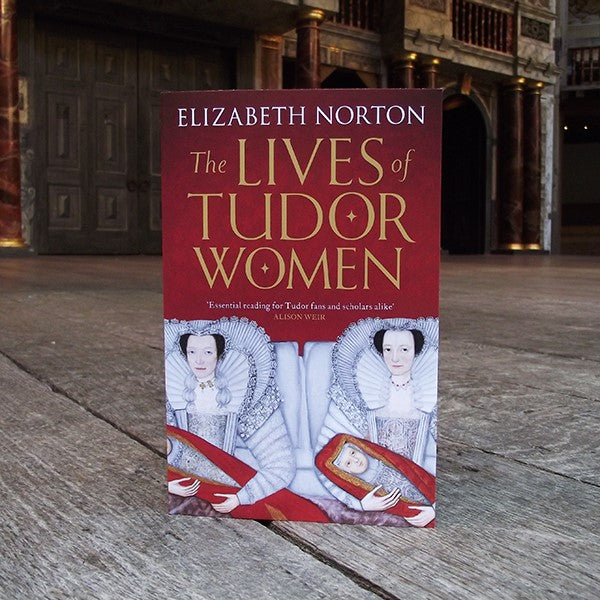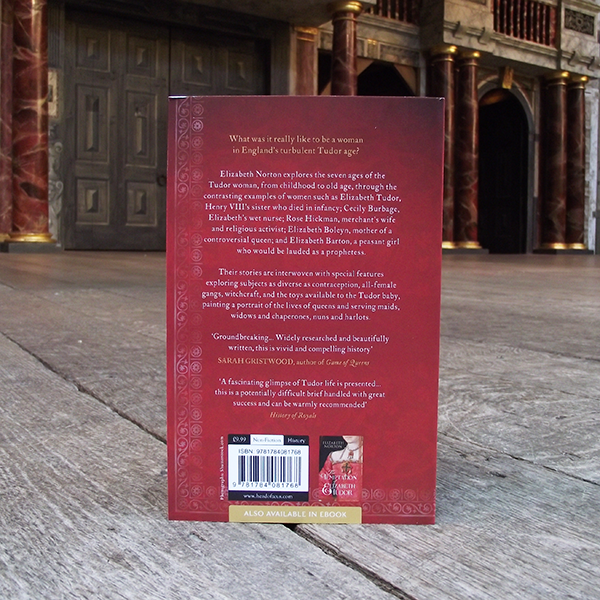The Lives of Tudor Women
Elizabeth Norton explores the seven ages of the Tudor woman, from childhood to old age, through the diverging examples of women such as Elizabeth Tudor, Henry VIII's sister who died in infancy; Cecily Burbage, Elizabeth's wet nurse; Mary Howard, widowed but influential at court; Elizabeth Boleyn, mother of a controversial queen; and Elizabeth Barton, a peasant girl who would be lauded as a prophetess. Their stories are interwoven with studies of topics ranging from Tudor toys to contraception to witchcraft, painting a portrait of the lives of queens and serving maids, nuns and harlots, widows and chaperones.
Every purchase you make supports the work of Shakespeare's Globe. Thank you!
Detail
Author: Elizabeth Norton
Format: Paperback
Size: 128 mm x 198 mm
Pages: 320
Staff Review
The Lives of Tudor Women is a fascinating tour through Tudor history through the female lens, and primarily focusing on the female experience.
With a keen interest in this period and having studied it previously, I was interested to see how the book would strike the balance between historical fact and interesting commentary. The end result, is a brilliant, compelling read, featuring an engaging mix of Women ranging from the well-known and through to the lesser known (and/or barely known at all). It tours the full social scale, from Monarchs to paupers and the trials and tribulations of navigating the many layers in between.
Norton frames her book around the Shakespearean ‘Seven Ages of Men’ concept (made familiar in Shakespeare’s speech by Jaques, in As You Like It). Thus, each of the chapters corresponds to the phases of life made famous in the speech; ‘the mewling infant’ through to ‘second childishness’ and ‘mere oblivion’. Everything is covered in sequence, as per the journey of Tudor Women. The Male preference of the era notwithstanding, the variance of education for Women across the classes is covered, through to the class-led differences in childcare and rearing. This is followed through to the earliest transactional age for Women where marriage becomes the main focus of the day. (Some interesting moments crop up here, not least Tudor attempts at successful contraception methods for example). We are well versed in the politics of the period, and Norton unpacks this thoroughly. The joy of the book however is the discovery of the other paths and concerns for Women of the period.
In an unexpected realisation for me, the chapter of life where a Woman may experience Widowhood, Norton positions as providing the seeds for their liberation – a view not typically synonymous with the period. The same can be said for business and careers, where indeed it has long been suggested that careers outside of marriage, its associated politics and matters of children were virtually non-existent. Norton acknowledges this but also provides interesting positivity in the myriad of examples of Women blazing trails in male-dominated spheres and environments, often crucially made viable by the death of a Male spouse, whereupon in an ironic twist of fate, more equitable terms of business, money-making and decision making are conferred upon the Woman. Perhaps at odds with the concept that her life was too over (though it is worth noting that these ‘benefits’ were more substantial when the marriage match was more lucrative in the first place; either in terms of a pre-existing title or thriving business). Nonetheless, Norton makes a strong case for this second phase of a Tudor Woman’s life to hold significant, previously unseen levels of freedom and autonomy.
Far from the often-held view of the Tudor female role being typically unbearable, restricted and commoditised, Norton contrasts these uncomfortable truths with remarkable examples of strong, opinionated, successful, vengeful, dynamic, intelligent and inspiring Women, through to the very end and across all classes.
This book renewed my fascination with the period and has only whet my appetite to read further on some of the specific Women Norton introduces the reader to, so at risk of developing a habit going forward, can’t recommend this historical tour highly enough!
Reviewed by Emily (Visitor Operations Assistant)
We offer free UK delivery on orders over £40.
- Royal Mail – Tracked
- DHL Next Day Delivery at checkout
International shipping options:
- Global Mail - Tracked standard service
- Express Worldwide – faster delivery with tracking
Made-to-order items
Some products are shipped directly from our suppliers. If your order includes both made-to-order and stocked items, they may arrive in separate parcels. For more details, visit our Delivery & Returns page.
Elizabeth Norton explores the seven ages of the Tudor woman, from childhood to old age, through the diverging examples of women such as Elizabeth Tudor, Henry VIII's sister who died in infancy; Cecily Burbage, Elizabeth's wet nurse; Mary Howard, widowed but influential at court; Elizabeth Boleyn, mother of a controversial queen; and Elizabeth Barton, a peasant girl who would be lauded as a prophetess. Their stories are interwoven with studies of topics ranging from Tudor toys to contraception to witchcraft, painting a portrait of the lives of queens and serving maids, nuns and harlots, widows and chaperones.
Every purchase you make supports the work of Shakespeare's Globe. Thank you!
Detail
Author: Elizabeth Norton
Format: Paperback
Size: 128 mm x 198 mm
Pages: 320
Staff Review
The Lives of Tudor Women is a fascinating tour through Tudor history through the female lens, and primarily focusing on the female experience.
With a keen interest in this period and having studied it previously, I was interested to see how the book would strike the balance between historical fact and interesting commentary. The end result, is a brilliant, compelling read, featuring an engaging mix of Women ranging from the well-known and through to the lesser known (and/or barely known at all). It tours the full social scale, from Monarchs to paupers and the trials and tribulations of navigating the many layers in between.
Norton frames her book around the Shakespearean ‘Seven Ages of Men’ concept (made familiar in Shakespeare’s speech by Jaques, in As You Like It). Thus, each of the chapters corresponds to the phases of life made famous in the speech; ‘the mewling infant’ through to ‘second childishness’ and ‘mere oblivion’. Everything is covered in sequence, as per the journey of Tudor Women. The Male preference of the era notwithstanding, the variance of education for Women across the classes is covered, through to the class-led differences in childcare and rearing. This is followed through to the earliest transactional age for Women where marriage becomes the main focus of the day. (Some interesting moments crop up here, not least Tudor attempts at successful contraception methods for example). We are well versed in the politics of the period, and Norton unpacks this thoroughly. The joy of the book however is the discovery of the other paths and concerns for Women of the period.
In an unexpected realisation for me, the chapter of life where a Woman may experience Widowhood, Norton positions as providing the seeds for their liberation – a view not typically synonymous with the period. The same can be said for business and careers, where indeed it has long been suggested that careers outside of marriage, its associated politics and matters of children were virtually non-existent. Norton acknowledges this but also provides interesting positivity in the myriad of examples of Women blazing trails in male-dominated spheres and environments, often crucially made viable by the death of a Male spouse, whereupon in an ironic twist of fate, more equitable terms of business, money-making and decision making are conferred upon the Woman. Perhaps at odds with the concept that her life was too over (though it is worth noting that these ‘benefits’ were more substantial when the marriage match was more lucrative in the first place; either in terms of a pre-existing title or thriving business). Nonetheless, Norton makes a strong case for this second phase of a Tudor Woman’s life to hold significant, previously unseen levels of freedom and autonomy.
Far from the often-held view of the Tudor female role being typically unbearable, restricted and commoditised, Norton contrasts these uncomfortable truths with remarkable examples of strong, opinionated, successful, vengeful, dynamic, intelligent and inspiring Women, through to the very end and across all classes.
This book renewed my fascination with the period and has only whet my appetite to read further on some of the specific Women Norton introduces the reader to, so at risk of developing a habit going forward, can’t recommend this historical tour highly enough!
Reviewed by Emily (Visitor Operations Assistant)
We offer free UK delivery on orders over £40.
- Royal Mail – Tracked
- DHL Next Day Delivery at checkout
International shipping options:
- Global Mail - Tracked standard service
- Express Worldwide – faster delivery with tracking
Made-to-order items
Some products are shipped directly from our suppliers. If your order includes both made-to-order and stocked items, they may arrive in separate parcels. For more details, visit our Delivery & Returns page.











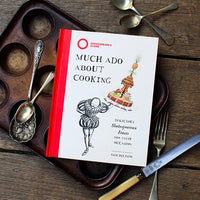








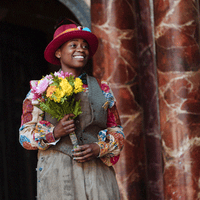






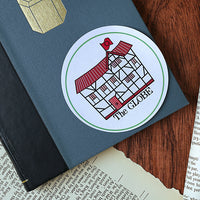

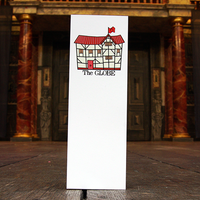





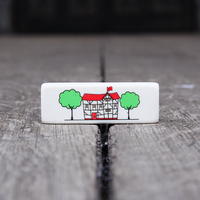
![Out, Out Brief [Playhouse] Candle Stubs!](http://shop.shakespearesglobe.com/cdn/shop/products/swpcandles.jpg?v=1722516059&width=200)










